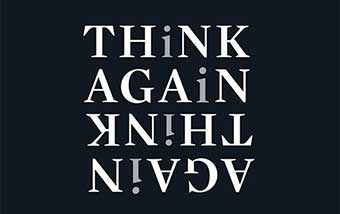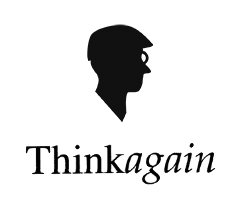iGenius
A person who finds that he is just never wrong would perhaps now and then be perplexed. Steve Jobs would be such a person.
“We think that computers are the most remarkable tools that humankind has ever come up with, and we think that people are basically tool users. So if we can just get lots of computers to lots of people, it will make some qualitative difference in the world. What we want to do at Apple is make computers into applicances and get them to millions of people.” Playboy Interview, February 1985.
While the MBA’s came into Apple to focus on countering IBM, he went off to create the Macintosh. It was an astounding success. But never mind, Mr. Jobs is a difficult perfectionist and doesn’t know how to manage for profit.
“Eventually Dr. [Edwin] Land [founder of Polaroid], one of those brilliant troublemakers, was asked to leave his own company – which is one of the dumbest things I’ve ever heard of. ” Jobs, 1985 . . .and then . . .Apple lets him go.
Apple’s ten year lead gets ‘managed’ away.
Jobs buys Pixar. He makes Toy Story. Apple nearly dies. Apple invites him back, as a ‘consultant’. He brings Next, his from-the-ground-up, unix-based, virus- proof (still) computer software operating system. After the board turns over – he will not be bit by the same dog twice – Jobs becomes CEO. Never again will he assume he doesn’t know how to manage, and never again will there be naivete’ about the intentions or actions of competitors. He moves quickly to focus Apple, totally, on quality products and the user experience. Philanthropy is dropped, middle management is cleared, HR is minimized, finance is made secondary, general management is eliminated (managers at Apple are always managers of something), responsibility is clearly defined, (every role has a DRI – directly responsible individual), decisions radiate to and from the top, profit and loss categories are discarded, market research is eliminated.
Attractive products start to sell.
But . . . Disney will bury Pixar! Sony or Microsoft will crush the iPod! Walmart or Amazon will dwarf iTunes! Nokia and the Blackberry will outdo the iPhone! Expensive laptops won’t compete with Dell! Apple stores can’t compete with Best Buy! Adobe flash is a must! Google Android will beat iOS!
“The petrochemical revolution gave us free energy – free mechanical energy. . .It changed the texture of society. . . this revolution, the information revolution, is a revolution of free energy as well, but of another kind: free intellectual energy. . . This revolution will dwarf the petrochemical revolution”. Jobs, 1985
Apple, Inc. is about to overtake Exxon Mobil as the largest valued corporation in the United States. And on Friday, July 29, 2011, Apple, Inc. had more cash than the United States Treasury.
How has an adopted son of a machinist, who dropped out of college after one year, who never took formal management, or economic, or engineering training, who follows few of the standard or advanced notions of modern corporate management, . . . how has he come to set the standard for leadership of large complex organizations,. . . how has he become the greatest CEO in history?
The iLeader has become the i Master.









